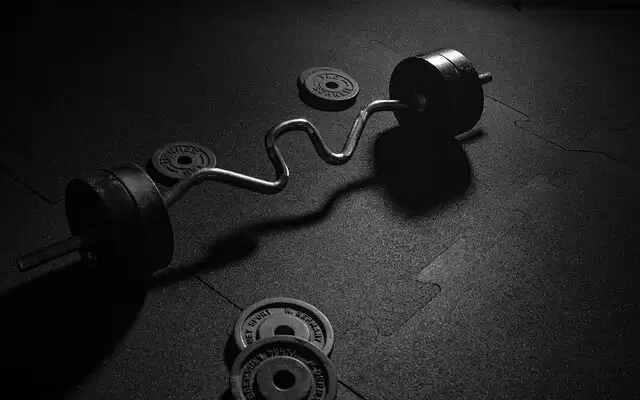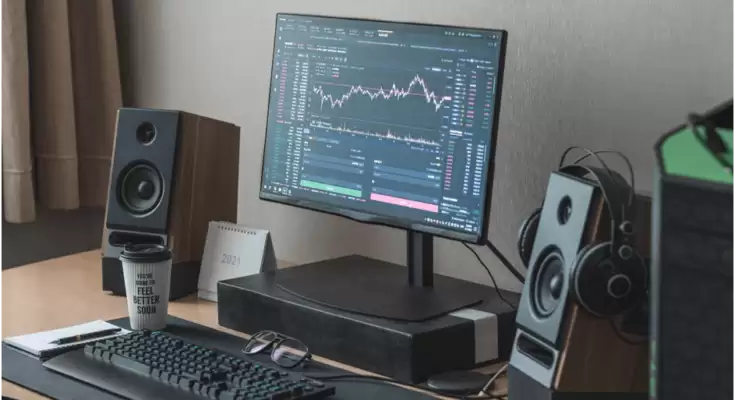Your body is a complex and amazing machine capable of adapting to different challenges. Intense workouts are one such challenge, and when you push your body to its limits, it responds by becoming stronger and more efficient. However, this adaptation process takes time and energy; in the meantime, your body is vulnerable to injury and illness. That’s why giving your body the tools it needs to recover from intense workouts is so important.
Here are some of the best recovery tools.
1. Foam Rollers
If you’re an avid fitness enthusiast, you know that intense workouts can leave your muscles feeling tight and sore. Foam rollers are a great way to help your body recover from these workouts. By rolling over the muscles with a foam roller, you can help to release tension and improve circulation. This can, in turn, speed up the recovery process and reduce the risk of injury. Additionally, foam rolling can help to increase the range of motion and flexibility.
2. Massage Therapy
Like foam rolling, massage therapy can also help to improve circulation and reduce muscle soreness. It can help to increase the range of motion and reduce stress levels. Massage therapy is often used as part of a physical therapy program. However, it can also benefit anyone who wants to improve their overall well-being.
3. Ice Baths
Ice baths are another popular tool for recovery from intense workouts. By immersing yourself in cold water, you can help to reduce inflammation and pain. Additionally, ice baths can improve circulation and speed up the recovery process. However, it is important to use caution when taking an ice bath. Be sure to stay in the water for a short period to avoid causing further injury.
4. Supplements
There are a variety of different supplements that can help your body recover from intense workouts. Creatine and protein powder are two popular options. Creatine is a recovery supplement that helps to replenish energy stores and improve performance. Protein powder helps to build and repair muscles. There are also many other supplements that can help with recovery, including omega-3 fatty acids, glutamine, and branched-chain amino acids.
5. Epsom Salt Baths
Epsom salt baths are another popular option for recovering from intense workouts. The magnesium in Epsom salt can help to relax muscles and reduce inflammation. Additionally, Epsom salt baths can improve circulation and promote healing. Add two cups of salt to a warm bathtub filled with water to take an Epsom salt bath. Soak for about twenty minutes or until the water has cooled down significantly.
You can then rinse off with cold water or take a shower using cool water temperatures only. Avoid using hot water, as this could cause further irritation. Store any unused bath portion in a covered container for future use. Discard any leftover solution if it becomes cloudy. Doing these two or three times per week should provide noticeable results within a few weeks.
6. Compression Garments
Compression garments are another tool that can help with recovery from intense workouts. These garments apply pressure to the muscles and can help to reduce inflammation. Additionally, compression garments can improve circulation and speed up the recovery process. However, make sure to pick the right-sized garment. If the garment is too tight, it could cause further injury.
Also, avoid wearing compression garments for more than two hours. Doing so could lead to skin irritation. Talk with your doctor before using compression garments if you have any medical conditions.
7. Cryotherapy
Cryotherapy is a relatively new method of recovery that is gaining popularity among athletes. This method involves exposure to extremely cold temperatures, typically in an ice bath or chamber.
By exposing your body to extremely low temperatures, cryotherapy can help reduce inflammation and pain while promoting better circulation. Additionally, cryotherapy has been shown to boost energy levels and mood. However, it is important to use caution when undergoing this treatment. Be sure to stay in the cold temperatures for a short time to avoid causing further injury.
Conclusion
With the help of these tools, you can improve your body’s ability to recover from intense workouts. By reducing inflammation and pain and boosting energy levels, you can get back to your training regimen more quickly and effectively. If needed, talk with your doctor or physical therapist to determine which recovery methods work best.











